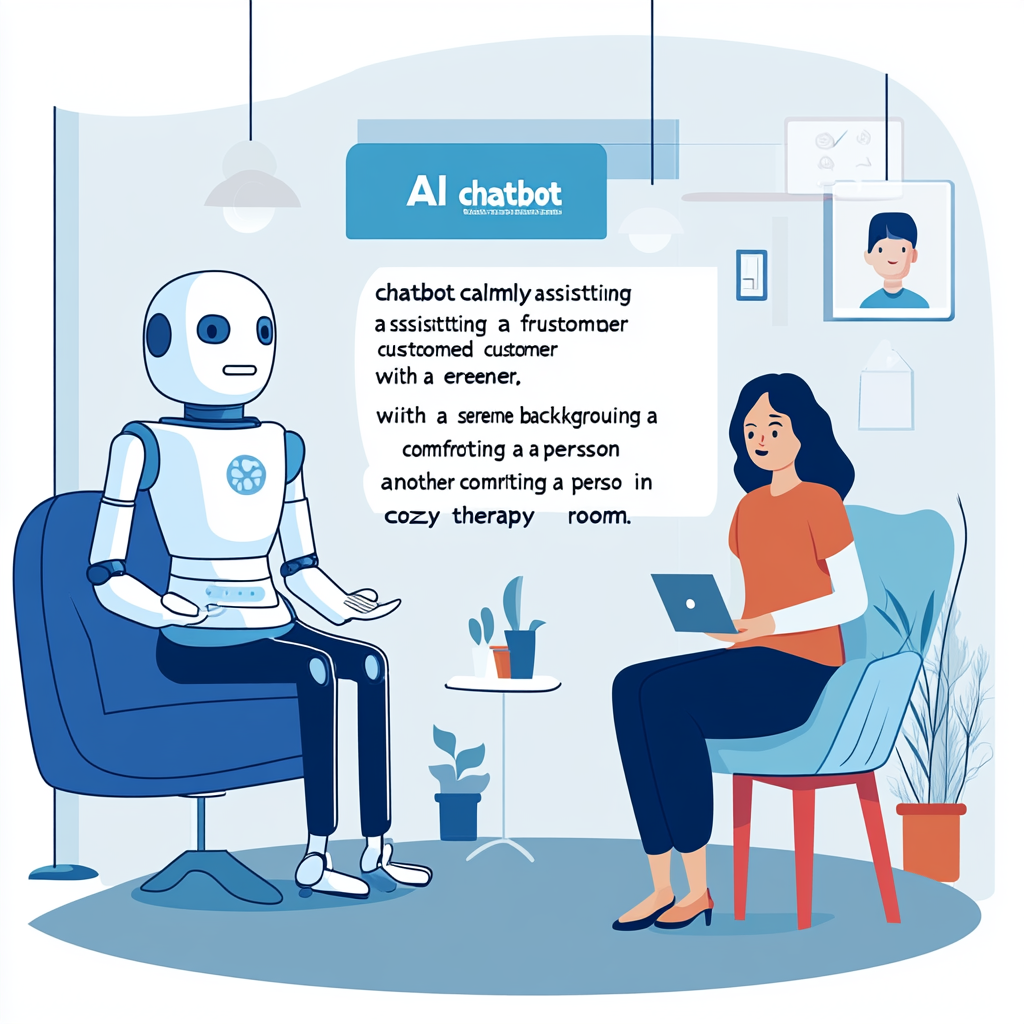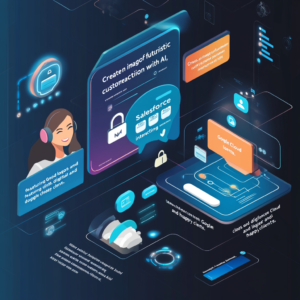
AI chatbots ease embarrassment, but humans handle anger better, research finds
Chatbots and Human Emotion: The Rollercoaster of Embarrassment and Anger
In our modern world, where artificial intelligence is not just an abstract concept but a palpable part of our everyday interactions, chatbots have woven themselves into the fabric of communication like an unwelcome yet oddly endearing relative. Their roles are multifaceted, from assisting in customer service to providing guidance on myriad topics, even those we'd rather not discuss in polite company. Yet, here lies an intriguing conundrum: these digital companions can be quite the charmers when it comes to alleviating embarrassment, but when faced with anger, they often stumble like a toddler on roller skates. Let’s break this down with a delightful blend of insight and entertainment.
Chatbots: The Ultimate Embarrassment Alleviators
Picture this: you're sitting at home, Steam rising from your mug as you contemplate your questionable life choices. You need information on a rather sensitive topic (say, do you really need that third helpings of dessert?), but you can feel that twinge of embarrassment creeping up your throat. Enter the chatbot—your virtual confidant! Research from the Marketing Science Institute reveals something quite delightful: chatbots can significantly soften the blow of embarrassment when searching for cringeworthy information. You see, there's a phenomenon called anticipated embarrassment, which is like a nagging mosquito buzzing in your ear. People are less likely to engage with chatbots on topics they perceive as embarrassing, especially if they wrestle with self-esteem issues.
Here’s a nugget of wisdom: give a chatbot some humanlike traits—perhaps a dash of humor or a sprinkle of empathy—and suddenly, it feels less like a machine and more like a quirky friend who’s just a tad socially awkward. This little behavioral trick can make the prospect of chatting seem less daunting. Take that regular old search engine, devoid of personality and warmth; pressing those keys feels too much like walking into the principal's office.
But why is this? When users personify these chatbots, the social distance shrinks. It’s a subtle yet pivotal aspect of human psychology—people tend to anthropomorphize technology as long as it offers a semblance of understanding. The result? A decrease in embarrassment. Need to ask about that weird rash—you're more likely to chat with “Robo-Doc” than Google, right?
Now, let’s juxtapose this against traditional search engines. If you’re hunting for something embarrassing, those cold, impersonal search bars can be about as comforting as a cactus. They simply do not have the finesse required to handle sensitive discussions. In contrast, the chatbots exhibit a level of engagement that’s simply out of this world, allowing for an array of personal quirks to shine through, easing the process of inquiry.
Anger: Chatbots Just Can’t Handle It
Now, let’s pivot to the darker side of the emotional spectrum. Although these chatbots can be steadfast allies in the battle against embarrassment, when it comes to anger, they might as well be trying to juggle watermelons. Anger is not a simple emotion; it’s a nuanced tapestry woven with threads of context, personal history, and—heavens above—empathy! And that’s where our robotic friends hit a brick wall.
You see, anger demands a deep understanding of emotional context that our artificial counterparts simply can’t replicate yet, no matter how sophisticated their algorithms become. Humans operate with a finesse that allows them to respond to subtle cues—those little shifts in tone or a raised eyebrow—and offer reactions that are not just appropriate, but also kind. Chatbots? Well, their emotional vocabulary might as well be written in crayon.
Let’s consider customer service. Ah, the frontline of interaction between irritated humans and mechanical muses. Picture it: a frustrated customer—perhaps they’ve been on hold longer than the time it took to watch that endless Netflix series. They fire off a scathing message to the chatbot, and instead of a sympathizing nod, they’re met with a formulaic response devoid of warmth. That’s guaranteed to spark an even greater inferno of frustration. In these moments, the intervention of a human who can empathize and acknowledge feelings is crucial—otherwise, it’s just a fire waiting to happen.
The Mental Health Context: A Compassionate Approach Needed
Moving into the realm of mental health, the stakes are even higher. In a crisis, people need support that cuts through the harsh veneer of reality. Yes, AI chatbots can certainly offer assistance, recommending resources or providing basic support. However, when it comes to nuanced emotions like anger, sadness, or anxiety, nothing beats the understanding of a real live human being. It’s not just about providing information; it’s about creating a safe space for expression and healing—something a piece of code simply can’t provide.
Charting a Path Forward
As we hurtle into an AI-infused future, most of us can agree on one thing: there’s a lot of room for improvement. The next big question becomes how can we enhance these digital assistants? Enhancing their emotional intelligence should be priority number one. AI systems need to evolve beyond mere reactive responses; they should be trained to comprehend the complexities of human emotions. Imagine a chatbot equipped with not just data analysis but the ability to sense when you're feeling down or angry and respond accordingly. Now that would be revolutionary!
Moreover, hybrid models could become the golden ticket. Picture a seamless interaction where AI efficiently handles mundane queries while humans step in to cater to emotionally charged discussions. It’s the best of both worlds! As much as we adore our metal-and-plastic buddies, they can only take us so far. There’s a certain magic in human interaction that an algorithm simply can’t replicate.
In summary, AI chatbots have made impressive strides in reducing feelings of embarrassment, but they still flounder when faced with the tempest that is anger. As we continue to refine and develop these technologies, it’s essential that we don’t lose sight of the irreplaceable nuances of human interaction. Embracing both AI's capabilities and human empathy could lead to a future where technology works harmoniously alongside us rather than awkwardly fumbling through emotional conversational landmines.
Want to stay up to date with the latest news on neural networks and automation? Subscribe to our Telegram channel: @channel_neirotoken

